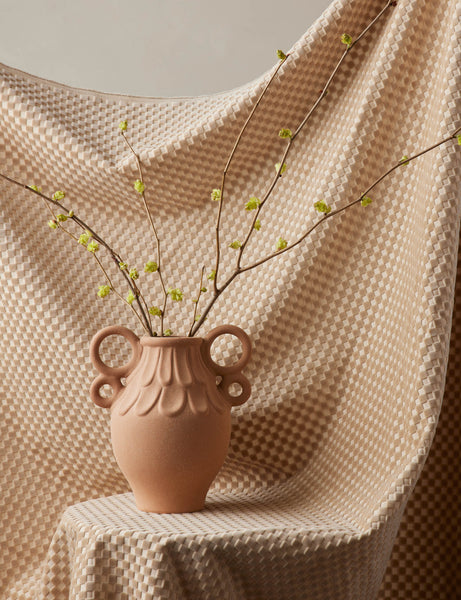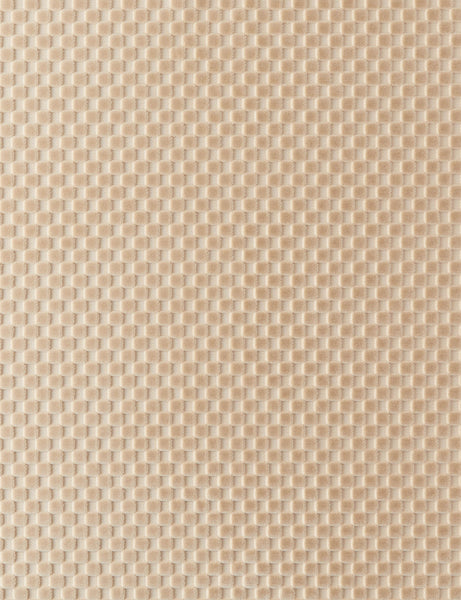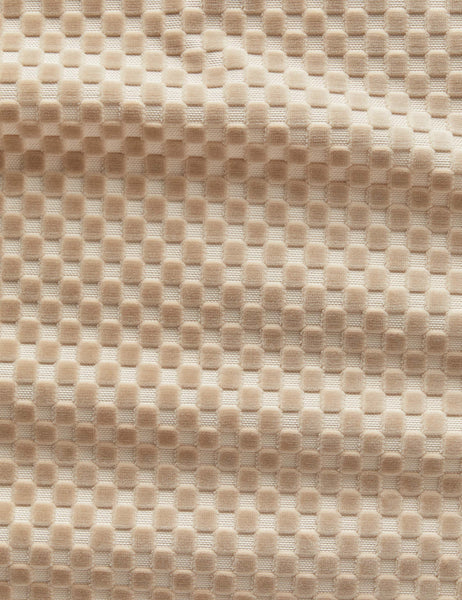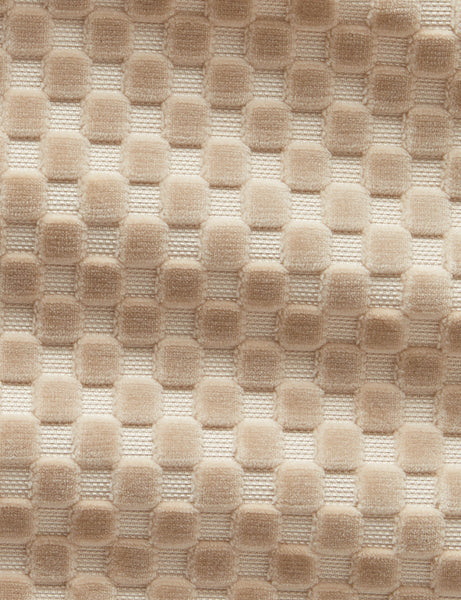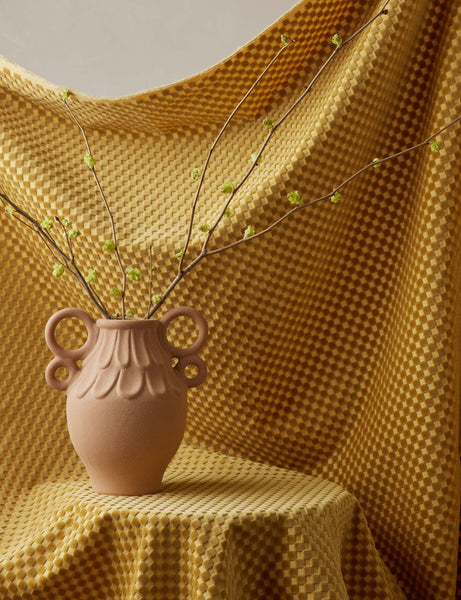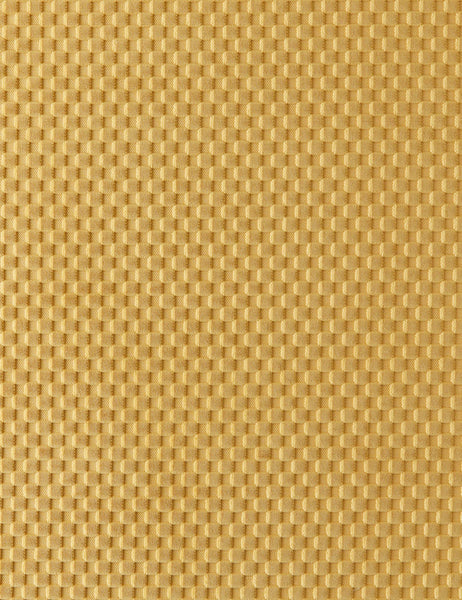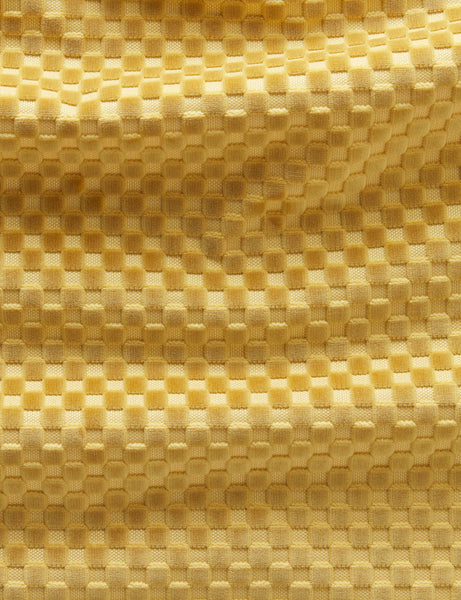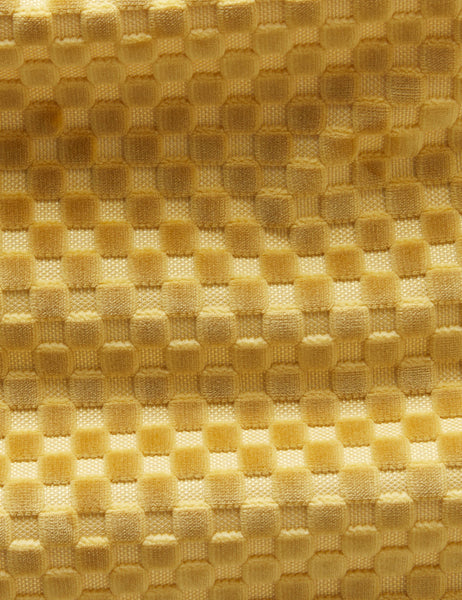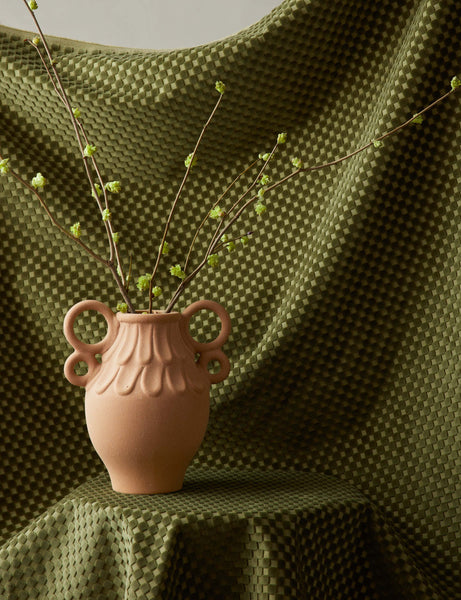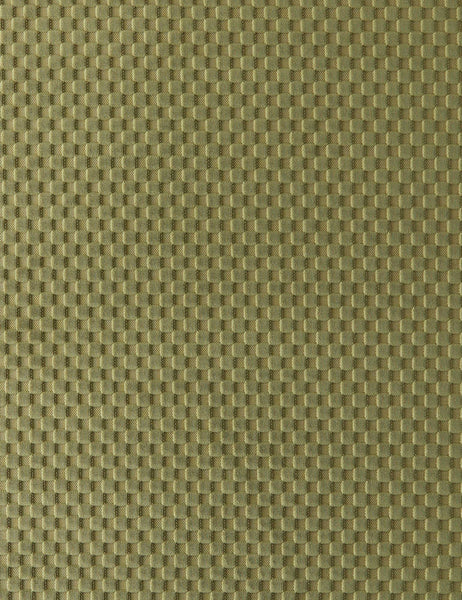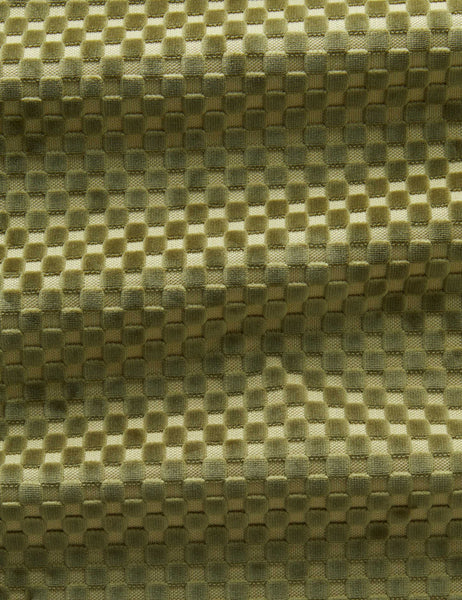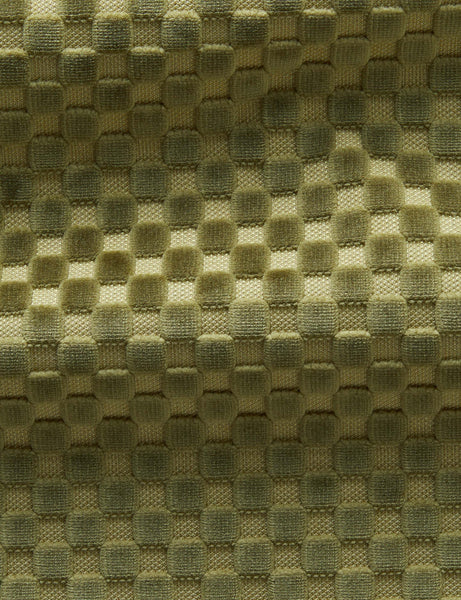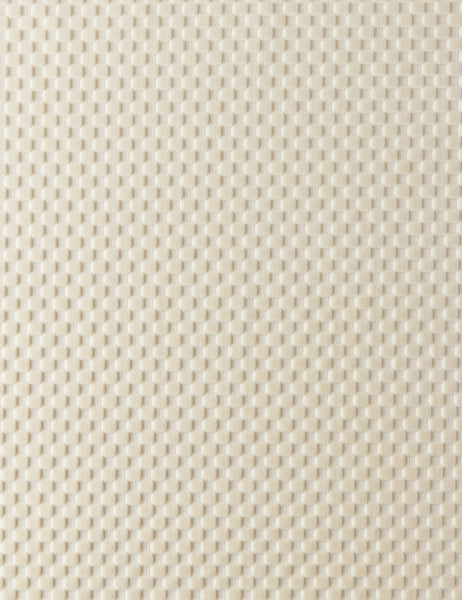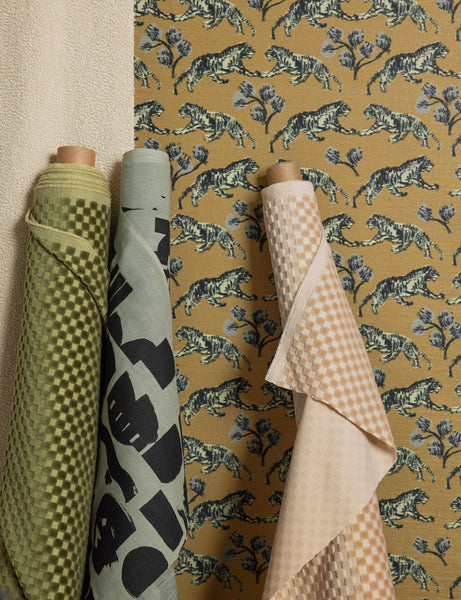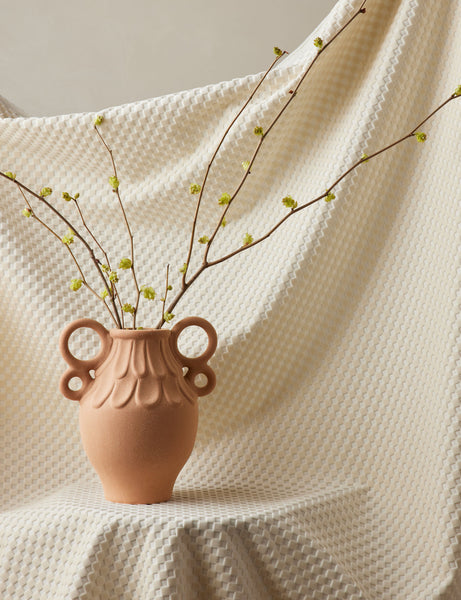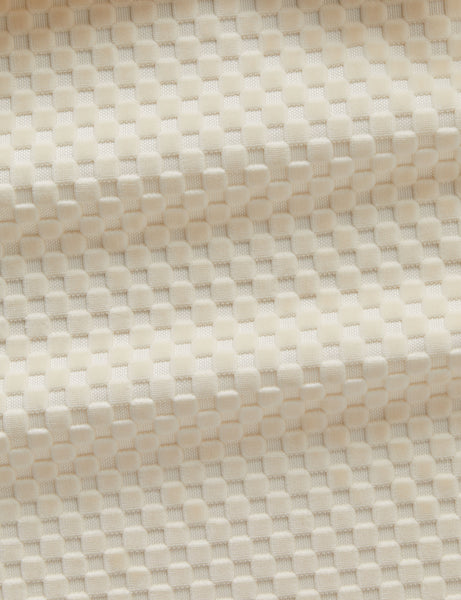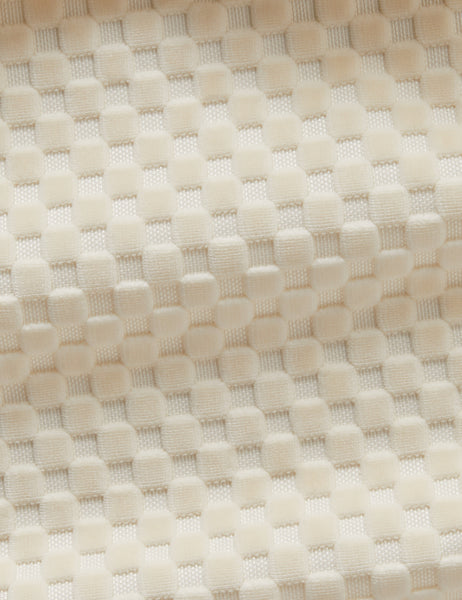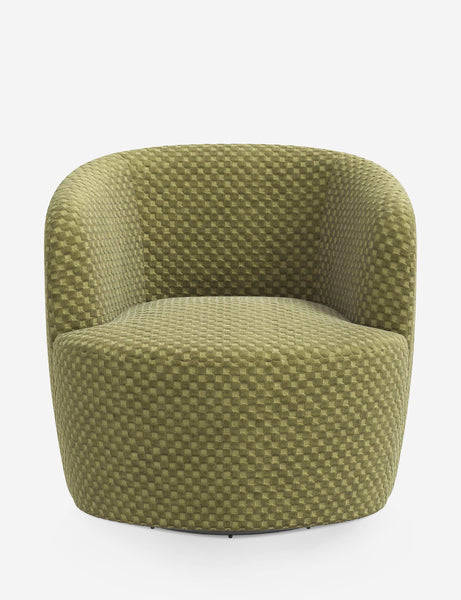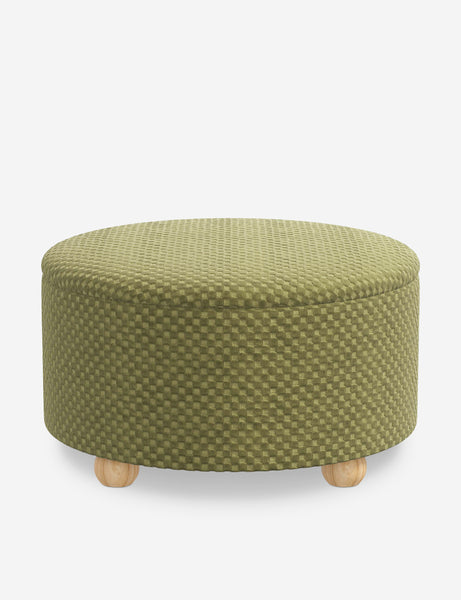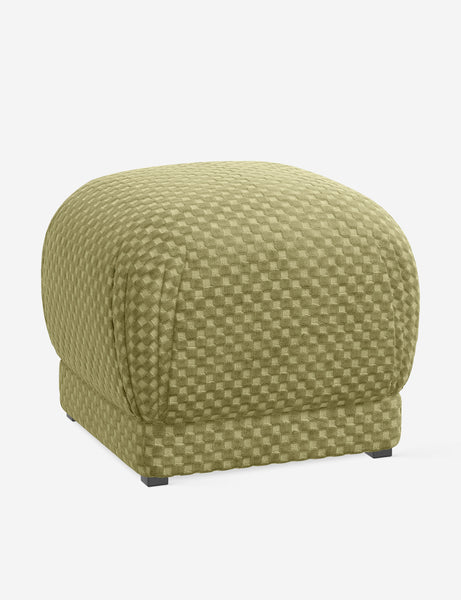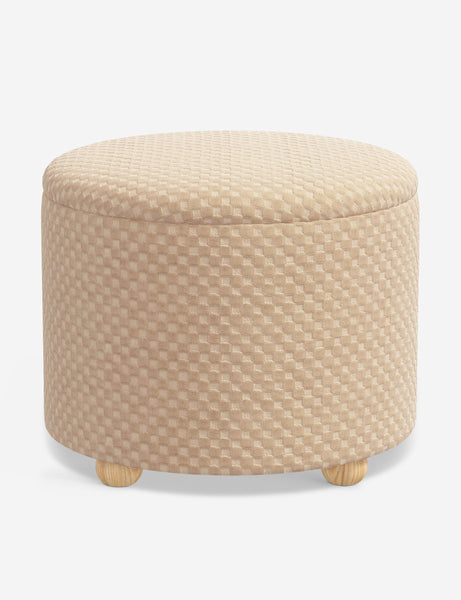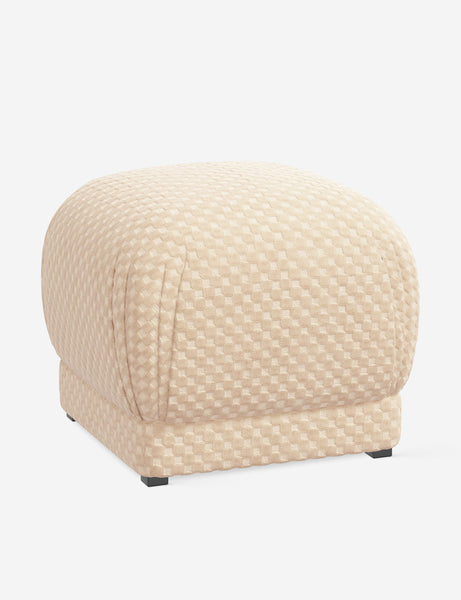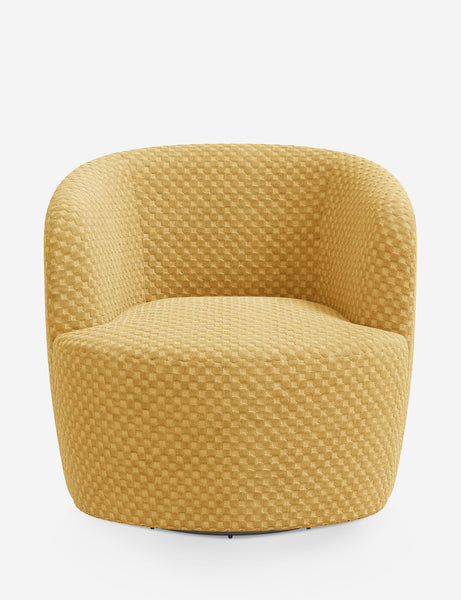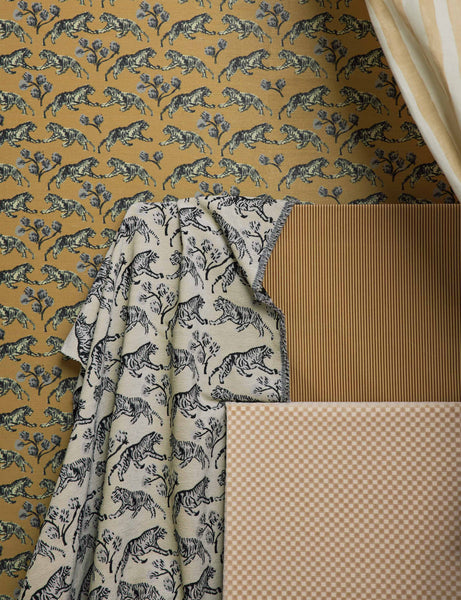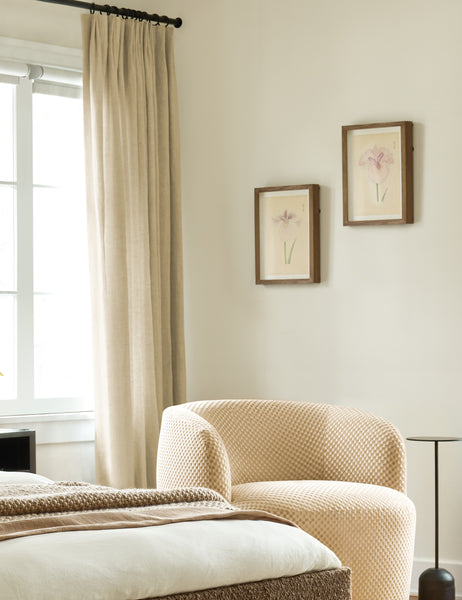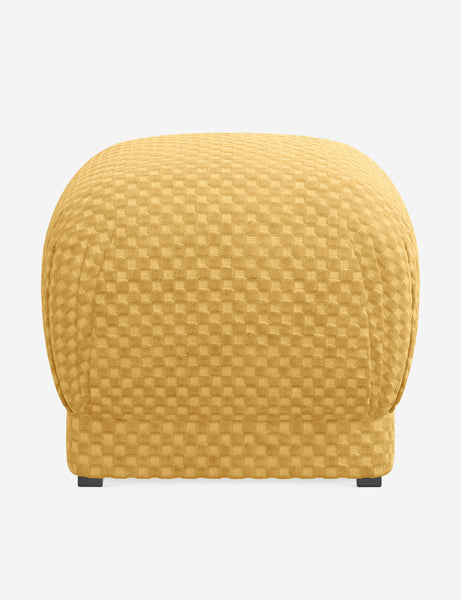At Lulu and Georgia, our mission is to bring beauty into your home—helping you curate spaces that bring your personal style to a livable design in every element from ceiling to floor. Curtains are often considered the finishing touch in home decor—that last bit of polish on the room—but they can absolutely transform a space when styled for impact. From adding color and texture to your walls to creating privacy and filtering light, how you style curtains is specific to each project. Our collection features top picks and designer exclusives in a range of sizes, fabrics, and patterns so you can find the perfect fit. Not sure where to start with window treatments? We've got you covered—literally. Read on to learn how to style your curtains like a pro.
 |
 |
What Size Curtains Do I Need?
Curtains are sold in panels by height and width. When selecting a size, there are two things to consider—where to mount the curtain rod and how the curtain panels will hang. Your choice may depend on space constraints or the desired effect in the room, but here are a few helpful guidelines as you measure.
Rod Height
Hang the curtain rod about ½–⅔ the distance between the top of the window and the ceiling or crown molding.
Rod Width
Each end of your curtain rod should extend 3–10 inches beyond the window frame on both sides (as space allows).
Curtain Height
Curtains can float up to an inch above the ground, just barely kiss the floor, or slightly puddle, depending on the look you want to achieve. Standard curtain lengths are 63", 84", 96", 108", and 120"—with 96" and 108" being the most common.
"Float" your curtains up to 1" off the floor for the cleanest look. The curtains in this image are floating curtains.
Curtains can "kiss" the floor, just touching it, though this requires careful measurement and is the hardest to achieve.
They can also "puddle" spilling onto the floor, though this look is best achieved with a thick, grand material for a romantic, old-world feel.
Curtain Width
Make sure to order enough panels for the width of your curtain rod. A good rule of thumb is that the finished width should be at least 2 times the width of your rod (or more ) to achieve a look of proper fullness. For example, a 100" curtain rod will need four panels of 54" wide curtains.
 |
 |
 |
How Do I Hang Curtain Panels?
How you hang curtains affects how they look and feel in the room. It can help to have someone hold them up before installing them so you can get a sense of how they look from different angles. Then you want to figure out which attachment method you're using—how the curtains hang from the rod. When shopping, you can find hanging type in the product details—most can be hung multiple ways. Installation comes down to project and preference, but here is a breakdown of each so you know what you're looking for.
Rod pocket
A sewn-in pocket at the top of a curtain panel that easily slips over a rod and conceals it. A classic and common method of hanging drapery.
Rings
Rings that loop through the curtain rod and attach to the panel either by a clip or hidden hooks. The clips simply clip to the top of the curtain panel.
Hidden hooks need to be inserted into the back of the drapery panel above the stitching line (specific height may vary depending on how much of the ring you want visible from the front of the panel and how close you want the panel to hang to the floor).
These hooks are inserted with the pin pointing toward the top of the drape. Once inserted, the rings can be attached to the hooks.
Back Tab
A row of hidden flat tabs or loops that are sewn along the back top of the curtain panel. This offers a neat pleated look.
Which Type of Fabric Should I Choose?
Curtains are an aesthetic feature, but they are also functional—they filter light and noise and help insulate the room. Heavier, denser materials can offer more of a barrier between the outside world, while lighter weaves can create a breezy, elegant feel. When shopping for curtains online, keep an eye on the fabric type. In addition to the drape and texture of a material, consider how its practical properties fold into your home design.
Sheer
Lightweight fabrics create a bright and airy room
Light Filtration: Lets in the most light
Performance Fabric
Synthetic fibers offer a practical touch in a range of styles
Light Filtration: Varies by style
Linen
Linen is a natural fiber option that feels crisp, clean, and breathable
Light Filtration: Lets in a moderate amount of light
Velvet
The luxe material offers a rich, polished look as a window treatment
Light Filtration: Blocks most light
Grasscloths + Naturals Fibers
Hi-Lo Checker Velvet Fabric by Sarah Sherman Samuel
$108.00
Circe Linen Fabric
$294.00
Clara Textured Fabric
$134.00
Striped Velvet Fabric by Sarah Sherman Samuel
$128.00
What About Hardware and Accessories?
Don’t forget the small touches. From the finish of your curtain rod to the style of the cap finials and brackets, there are endless ways to add a finishing touch to your curtains. As with accessorizing anything, the hardware shouldn't steal the show but gently elevate the drapery, helping fit the curtains into their surroundings.
Brass
A warm touch that pairs well with traditional and vintage edits
Nickel
A polished look that folds seamlessly into grounded spaces
Brushed Black
A timeless and endlessly versatile finish set for impact
Ball Finial
A ball-shaped finial gives an elegant touch that suits traditional and modern aesthetics
No Finial
A clean, modern option for a minimalist design
Cap Finial
A sleek finishing touch for transitional as well as modern spaces

Shopping Curtains Room by Room
When we shop a style, we always like to visualize how it will work in the space. One of the most significant factors you want to consider when choosing curtains is their placement in your home. How do you use the room? What time of day are you in there? When does it get sunlight—can it feel like a fish bowl at night with the lights on? Are the windows primarily for natural light, or do they frame a view? Choose curtains that elevate the room as a living space.
Living Room
Consider function and privacy when choosing curtains for the living room. Airy cotton or linen curtains can lend to a casual vibe, while heavier velvet curtains feel more luxe.
Dining Room
The dining room has the most flexibility with curtains; sheer curtains will let in the most light, while a heavier fabric will allow for more privacy and a moodier ambiance.
Bedroom
Bedroom curtains typically work best with a blackout or heavy fabric to keep out the maximum amount of light.
 |
 |
 |

